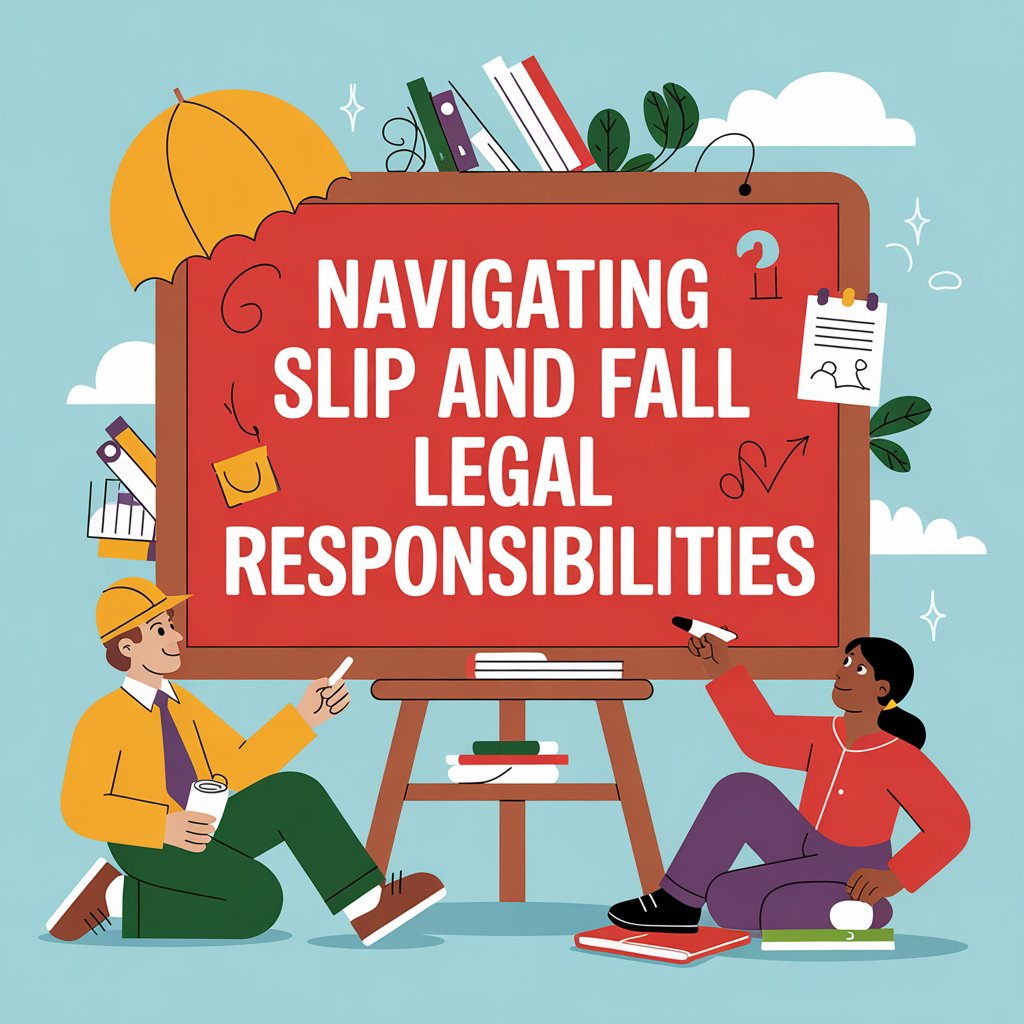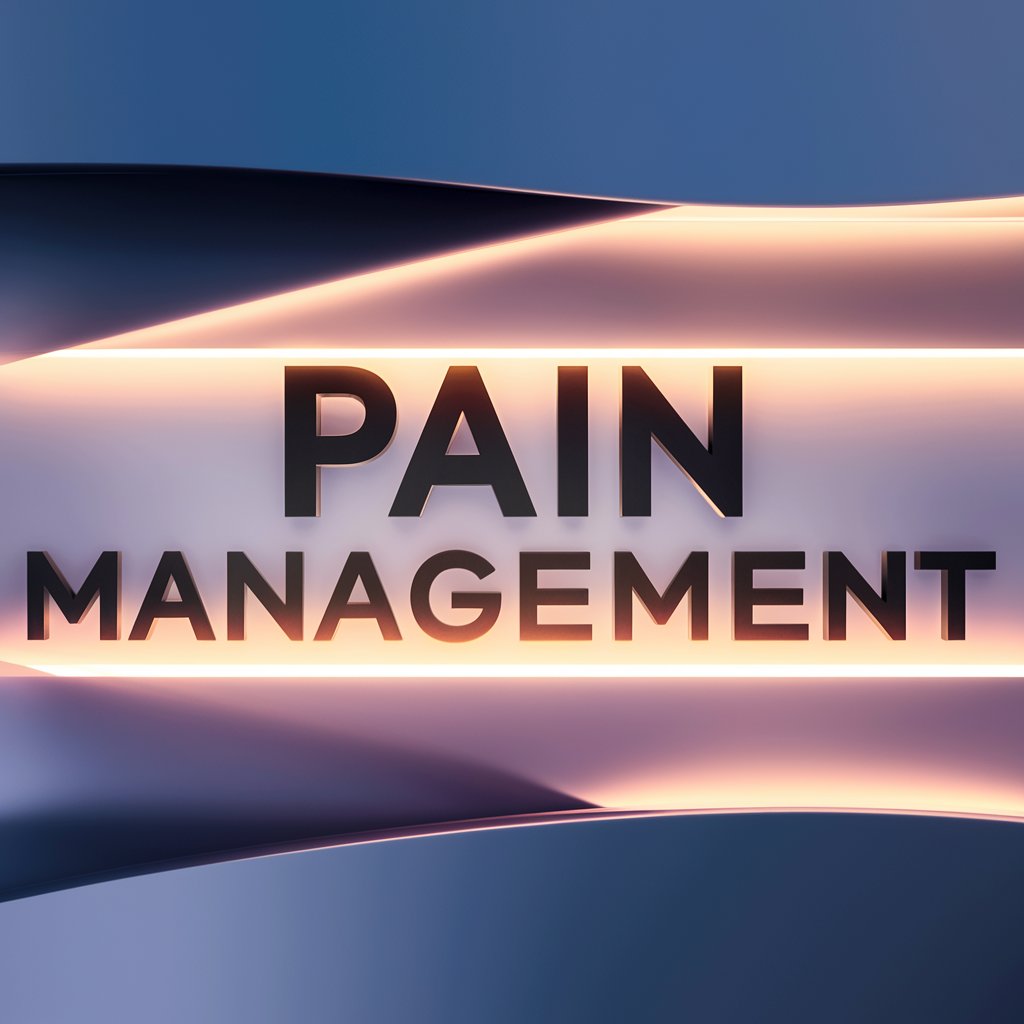Landlords and tenants both have legal responsibilities when it comes to property safety. Texas law requires landlords to maintain habitable conditions, but tenants must also take reasonable care of their living spaces. Whether a landlord or tenant is liable in a slip and fall case depends on the specific circumstances of the accident.
Texas premises liability law holds property owners responsible for dangerous conditions they knew or should have known about. However, tenants may also be liable if they created a hazardous environment. Understanding how liability is determined can help renters and landlords navigate legal claims effectively.
Landlord Responsibilities in a Slip and Fall Case
Landlords must keep rental properties in safe, habitable condition. Texas Property Code § 92.051 requires landlords to repair conditions that materially affect a tenant’s health or safety, such as structural defects, hazardous flooring, and faulty lighting. If a landlord does not address these dangers after receiving proper notice, they may be liable for injuries that result from the hazardous condition.
Key landlord obligations include:
- Maintaining common areas — Landlords must keep hallways, staircases, sidewalks, and parking lots free from hazards.
- Responding to repair requests —They must fix leaks, broken stairs, or faulty lighting within a reasonable timeframe.
- Ensuring property safety — Hazards like loose railings or slippery surfaces should be promptly addressed to prevent accidents.
If a landlord knew about a dangerous condition but failed to fix it, they could be responsible for damages in a slip and fall lawsuit. Tenants who experience unsafe conditions should document the hazard and notify their landlord in writing to create a record of the issue.
When a Tenant May Be Liable for a Slip and Fall
Tenants have a duty to keep their rented spaces safe. Under Texas law, tenant liability depends on whether their negligence caused unsafe conditions that led to an accident. Texas Property Code § 92.052 outlines a tenant’s responsibility to maintain their unit and report dangerous conditions. If a tenant creates or ignores a hazard, they could be liable for injuries that occur in their unit or areas under their control.
Examples of tenant liability include:
- Spills — Leaving water, oil, or other liquids on the floor instead of wiping them up.
- Walkway obstructions — Placing furniture, boxes, or personal items in high-traffic areas.
- Unreported hazards — Failing to report leaks, broken flooring, or faulty lighting that could lead to a fall.
If a visitor or another tenant is injured due to an unsafe condition caused by the tenant, the tenant—not the landlord—may be liable for damages. This means tenants should actively prevent hazards inside their unit. In these cases, renter’s insurance may help cover legal and medical costs, protecting tenants from expensive claims.
Common Causes of Slip and Fall Accidents in Rental Properties
Preventable hazards frequently cause slip and fall accidents in rental properties. When landlords fail to address known dangers, they may be liable for injuries that occur on their property. Both landlords and tenants must take steps to eliminate risks that could lead to injuries. Common slip and fall hazards arise due to poor maintenance, environmental factors, and everyday household dangers.
Frequent slip and fall hazards include:
- Slippery floors — Leaks, spills, and recently mopped surfaces create dangerous walking conditions.
- Uneven surfaces — Loose floorboards, damaged carpeting, and cracked sidewalks increase fall risks.
- Poor lighting — Dimly lit staircases, hallways, and entryways make it difficult to see hazards.
- Cluttered walkways — Cords, furniture, or personal items in pathways create trip hazards.
- Broken stairs or railings — Loose handrails and unstable steps make staircases unsafe.
Texas law requires landlords to maintain safe premises for tenants and visitors. They must repair conditions that materially affect a tenant’s health or safety. If a landlord ignores maintenance issues that cause a slip and fall, they may be held responsible for resulting injuries.
Legal Standards for Proving Liability in a Slip and Fall Case
Establishing liability in a Texas slip and fall case requires proving negligence. Property owners and tenants have a legal duty to maintain safe conditions for visitors. The injured party must demonstrate that the property owner or tenant failed to meet this obligation, leading to the accident. Under Texas law, specific legal standards apply to determine fault in slip and fall cases.
Key elements required to prove liability:
- Duty of care —A landlord or tenant must maintain safe conditions for visitors.
- Breach of duty — The responsible party failed to correct or warn about a hazard.
- Causation — The hazardous condition directly caused the injury.
- Damages — The injured person suffered financial losses, such as medical bills or lost wages.
Texas follows a modified comparative negligence rule. This means a plaintiff can recover damages if they are 50% or less at fault for their injuries. If they are more than 50% responsible, they cannot recover compensation.
Proving liability requires strong evidence, including photographs of the hazard, witness statements, and maintenance records. Surveillance footage, prior complaints, or expert testimony may also help establish negligence. Legal guidance may help injured parties understand their rights and the strength of their claim.
Comparative Negligence in Texas Slip and Fall Cases
Texas’ modified comparative negligence rule affects how compensation is awarded in slip and fall cases. If an injured party shares some fault for the accident, their potential compensation is reduced by their percentage of responsibility.
How comparative negligence impacts claims:
- Partial fault — A plaintiff found 20% at fault will have their compensation reduced by 20%.
- 50% bar rule — A plaintiff found more than 50% at fault cannot recover damages.
- Role of evidence — Property owners may argue that the injured party contributed to the accident, making documentation crucial.
Courts determine fault based on available evidence, such as witness testimony, surveillance footage, and maintenance records. Plaintiffs must demonstrate that the property owner’s negligence played a significant role in their injuries.
Documentation and Evidence Collection in Slip and Fall Cases
Strong evidence is essential to proving liability in a slip and fall case. Plaintiffs must provide clear documentation showing that a hazardous condition existed and that the property owner or tenant failed to address it. Without strong proof, plaintiffs may struggle to establish negligence and recover compensation.
Key types of evidence in slip and fall claims:
- Photographic evidence — Images or videos of hazards, such as wet floors or broken stairs, provide direct proof.
- Incident reports — A report filed with a property manager or business creates an official record.
- Medical documentation — Doctor’s notes, hospital bills, and treatment plans confirm the extent of injuries.
- Witness statements — Testimonies from people who saw the accident or knew about prior hazards.
- Maintenance records — Inspection logs or repair requests may prove prior knowledge of unsafe conditions.
Collecting this evidence as soon as possible after an accident increases the chances of a successful claim. Delays may result in lost or altered evidence, making it harder to prove liability.
Insurance Considerations for Landlords and Tenants
Insurance coverage plays a significant role in slip and fall claims involving rental properties. Both landlords and tenants may have policies that provide financial protection in the event of an accident. Insurance policies outline which party is financially responsible for a slip and fall claim, influencing settlement outcomes.
Types of insurance relevant to slip and fall claims:
- Landlord liability insurance — Covers legal costs and damages if a landlord is responsible for an injury.
- Renter’s insurance — Provides liability protection for tenants if someone is injured inside their unit.
- Medical payments coverage — Pays for medical expenses after an accident, regardless of fault.
- Commercial property insurance — Covers slip and fall incidents in business rental properties.
Policyholders should review their insurance terms after an accident to understand coverage. Insurance policies may exclude certain hazards, like snow and ice accumulation, which can affect a claim. Reviewing coverage details helps both landlords and tenants manage liability disputes.
Seeking Legal Recourse: Steps to Take After a Slip and Fall Accident
Taking the right steps after a slip and fall accident can protect an injured person’s rights and strengthen their claim. Failing to act quickly or skipping key steps can make it harder to prove liability and secure compensation.
Essential steps to take after a slip and fall accident:
- Seek medical attention — Immediate treatment ensures injuries are documented and linked to the accident.
- Report the incident — Notify the landlord, property manager, or business owner and request a written report.
- Gather evidence — Take photos of the hazard, collect witness statements, and keep medical records.
- Review lease agreements — Understanding lease terms helps determine whether the landlord or tenant is responsible.
- Consult an attorney — Legal guidance can clarify liability and the potential for compensation.
Taking prompt action preserves evidence and strengthens a slip and fall claim. An attorney can help injured parties navigate the claims process and meet Texas legal deadlines.
Conclusion
Determining liability in a Texas slip and fall case depends on multiple factors, including the property’s condition, lease agreements, and each party’s responsibility for maintenance. Landlords must keep common areas safe, while tenants are responsible for hazards inside their units. If either party fails to meet their obligations, they may be held liable for injuries that occur on the property.
Under Texas’s comparative negligence system, an injured party’s compensation decreases if they share fault for the accident. Photographs, medical records, and witness statements provide critical evidence in proving liability. Understanding insurance policies can also help landlords and tenants navigate financial responsibility after an accident.
Seeking medical attention, documenting the scene, and consulting an attorney can strengthen a slip and fall claim. By understanding their rights and responsibilities, both landlords and tenants can better protect themselves in slip and fall disputes.






